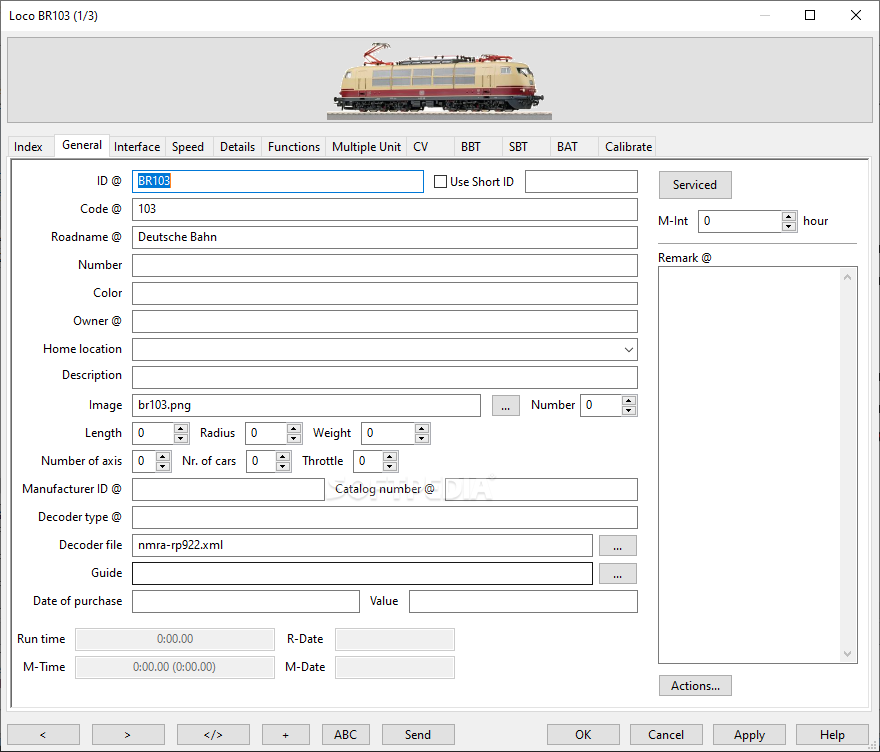

Add some buttons, an encoder, and a small display, and just have it talk using the WiThrottle protocol.
#ROCRAIL DDX FULL#
or maybe a full throttle device that uses WiFi and talks via the WiThrottle server in JMRI - this is something I want to experiment with using an Arduino and a WiFi shield, it's cheap enough.
#ROCRAIL DDX DRIVER#
This would work with the existing Engine Driver and WiThrottle apps and JMTI, giving you a handheld wireless throttle for a fraction of the cost the DCC companies charge for their proprietary ones (even if you have to buy the phone - there are perfectly workable Androind phones for $20 or less out there). Where I see a place for a product is a universal (BT most likely) add on device for a smartphone that gives you a knob for speed control.

Digitrax was developing a direct WiFi plug in unit, but the thing is, you have been able to do this with JMRI for many years now, and it's universal - works with any system that can connect to JMRI, which is pretty much all of them now that MRC is on board. I think any future development will be via WiFi.

So it should be definitely possible to have a system where you can plug in NCE cabs, and a script running under JMRI translates the cab keypresses into the equivalemtn Digitrax Loconet commands and sends them out a second interface to a Digitrax command station. JMRI can communicate with multple systems at the same time. Mixing systems is at least theoretically possible today, but I don't know if anyone has attempted it so far. Imagine using an NCE handheld (or one of several) with a Digitrax system because you prefer the NCE graphical user interface (GUI) but like the price/features of the Digitrax command station. It would allow a variety of human interfaces better suited for various operator preferences. smartphones) to operate with one another and have common capabilities. The benefits would be to allow handhelds from different venders and non-modeler suppliers (e.g. smartphone, new NCE/Digitrax wireless controller) and DCC/LCC command stations? Should there be a standard or adopt an existing (wireless/IP) communications protocol (the IP msg set) between the handheld device (e.g. Like any communications protocol, this would allow devices from different venders to work with one another.īut neither of these addresses the interface to the human operator. The NMRA is proposing a similar standard, Layout Command Control (LCC), to control more than just locomotives. DCC describes an interface for communicating with and controlling locomotives


 0 kommentar(er)
0 kommentar(er)
